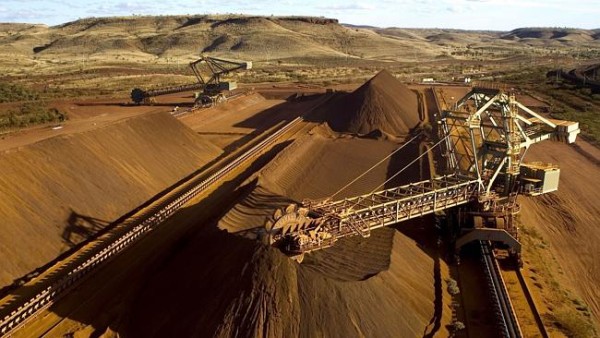
Western Australia’s Pilbara iron ore deposits are the largest in the world and while commodity prices may currently be at a low ebb, major miners have assured their long term prospects not only with efficiencies in production but also with new assessments of their ore reserves.
In March, Rio Tinto released its 2014 annual report, which included the yearly Mineral Resources and Ore Reserves. The report highlighted a significant increase of its Mineral Resources and Ore Reserves in the Pilbara following studies based on the Australian codes and standards for evaluating mineral ore reserves.
Rio Tinto’s iron ore reserves lifted for the Hamersley Iron Brockman ore resource by 681 million tonnes (Mt) to 2,998 Mt, while Brockman process ore increased by 324 Mt to 1,137 Mt. Rio Tinto said the increase represented, “minor changes across multiple deposits,” with the major increase attributed to the first inclusion of the Yandicoogina Braid deposit into the company’s reported mineral resources.
The Yandicoogina Braid iron ore deposit was only discovered last year by the Rio Tinto Exploration group. The deposit is currently classified in the “inferred mineral resources” category.
According to Rio Tinto it comprises, some 488 Mt, grading 61.7 per cent Fe Brockman Ore; some 238 Mt at 57.7 per cent iron Fe Brockman Process Ore; and, 62 Mt at 56.9 per cent Fe Channel Iron Deposit.
Rio Tinto’s Robe Joint-Venture Iron deposit also reported an addition of 677 Mt of inferred mineral resources at 53.1 per cent Channel Iron at its Jimmawurrada deposit, following metallurgical assessments of drill core. Rio Tinto also reported an increase of ore reserves at its Koodaideri deposit up by 49 Mt to 467 Mt.
Source: Tony Grant-Taylor, SPIRIT Regional Australia